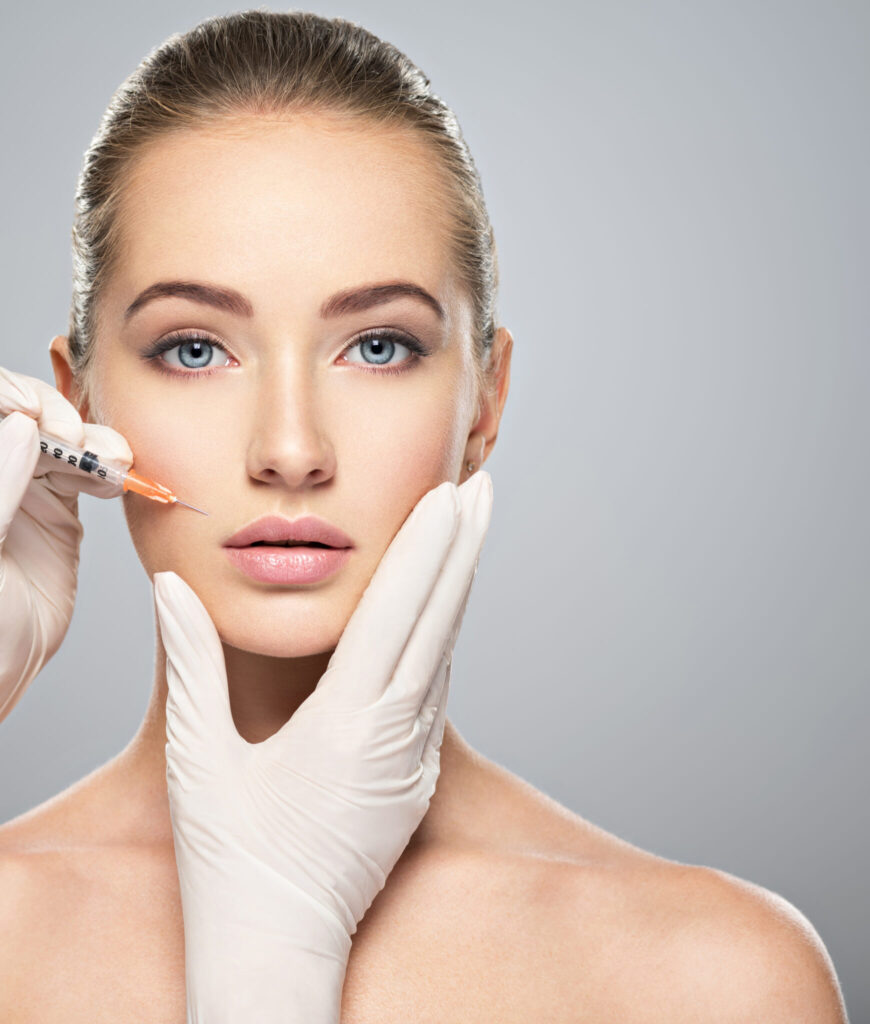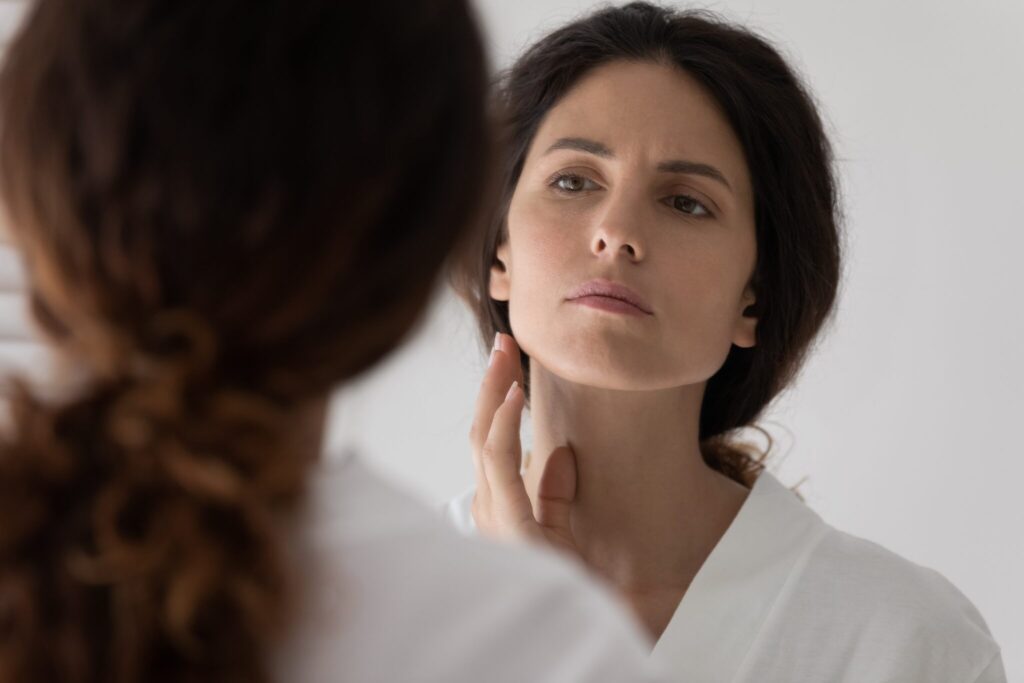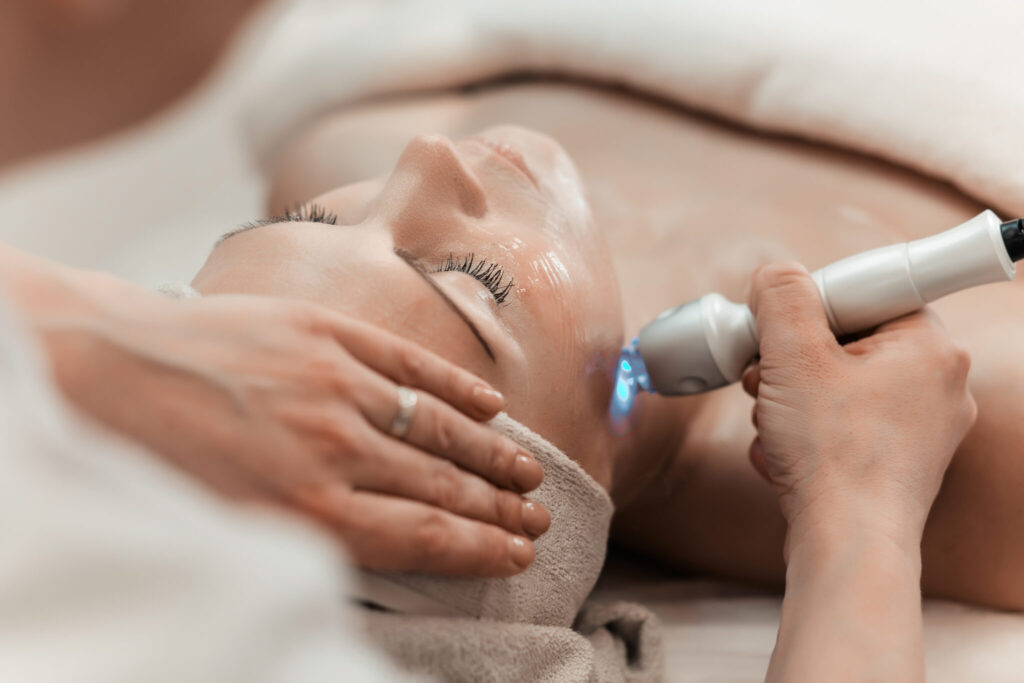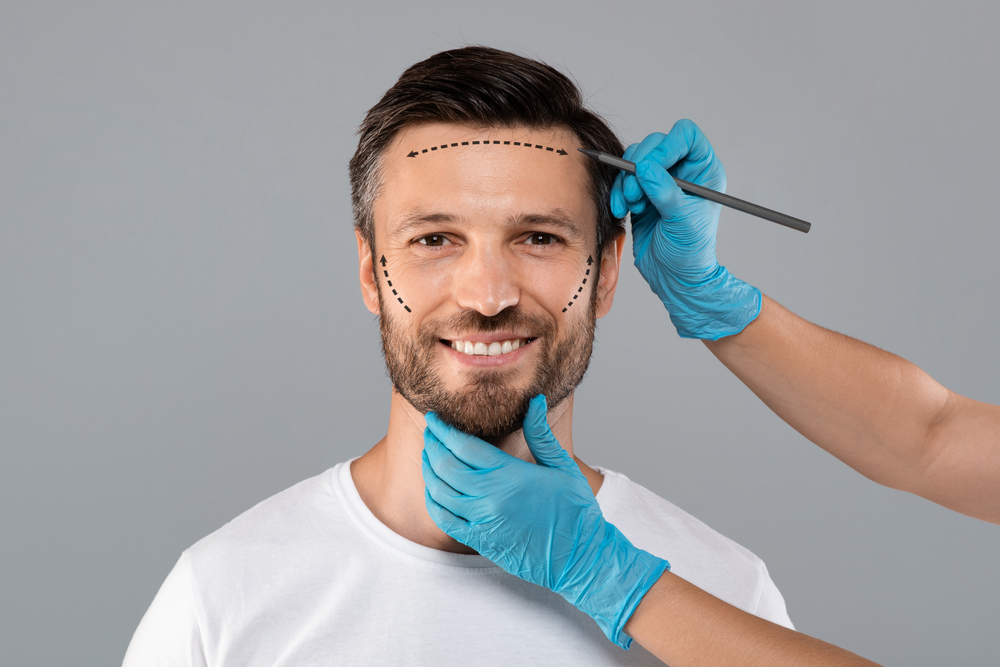Fall often is associated with dehydrated, dull skin and small spots. Summer can really put a strain on the health of our skin, so it’s time to run for cover for those who haven’t yet rethought their skincare routine. This is the perfect time to book an appointment at the beauty doctors and try some treatments that, in the summer, were not possible to do or because, in hot weather, they are not particularly recommended. Let’s start with the first step: hydration. In the fall, it is essential to replenish the skin with the right supply of hyaluronic acid to fight dryness and prevent the formation of wrinkles, a process that is inevitable with the passing of time but can be curbed with the right beauty routine. Let’s see together how and with what treatments.
Hyaluronic acid-based treatments
The first paragraph addresses treatments based on hyaluronic acid, a substance that we have naturally in the dermis but with the passage of time is diminished. The plus of hyaluronic acid, in aesthetic treatments as in cosmeceuticals, is well known: it retains water reserves for a plumping effect. The solutions proposed by the aesthetic doctor are biostimulation/biorevitalization or bioframing. Let’s see together what they are, how they differ, and what skincare products to use afterward.

Biostimulation or Biorevitalization
Biostimulation is an anti-aging treatment that uses vitamins, amino acids, and other substances already present in our bodies, such as, hyaluronic acid, which are injected into the superficial dermis on the face, neck, décolleté, and hands. Their action is antioxidant, moisturizing, and nourishing. A dedicated beauty routine follows the treatment to maintain or, even better, improve the results obtained during aesthetic medicine treatments. The product recommended for those who have undergone facial biostimulation sessions is Bio Longevity Stimolante Antietà. Its formulation stimulates fibroblast activity, which begins with medical-aesthetic biostimulation, to produce new collagen and hyaluronic acid. Jojoba esters and Vitamin E, with known regenerating, strengthening, moisturizing and antioxidant properties, complete the formula.
Bioremediation
Reduces skin looseness with a tightening and redensifying effect that improves the oval. Bioremediation uses hyaluronic acid in a hybrid form-low, and high molecular weight-which allows for what is usually achieved by using different substances in a single treatment. High-molecular-weight hyaluronic acid works to support the dermis, reshaping facial contours, while low-molecular-weight hyaluronic acid has a moisturizing and stimulating action. Thus, on the one hand, there is a skin regeneration process that stimulates fibroblasts to produce collagen and elastin, and on the other hand, there is a deep biorestructuring effect that stimulates connective tissue. Hyaluronic acid is injected in the areas near the nasal wing, along the cheekbones, and in the lower edge of the ear, finally in the area next to the mandibular angle and internally at the corner of the mouth. In these five areas of the face, there is a dense network of capillaries that allows for better distribution of the product. For this reason, it is not necessary to have injections in other parts of the face, as is the case with biostimulation. The treatment is performed on an outpatient basis. There are no contraindications, and local anesthesia is often not even necessary. To see lasting results, you need to book two sessions spaced one month apart and repeat this cycle at least twice. The recommended skincare product after bioremediation is Re-Pulp 3D: it has a light, creamy texture and a high concentration of peptides that help smooth out expression lines. It gives deep hydration to the skin and firms and recompacts the skin tissue.

Peeling (Chemical peeling)
Peeling is a treatment that can repair and restructure the skin using substances to exfoliate and regenerate the skin: these are alpha hydroxy acids, salicylic and retinoic acid, TCA (trichloroacetic acid) at various concentrations (10 to 35 percent), and phenol. Depending on the concentrations used, we will have superficial, medium, or deep peeling (when it involves the superficial dermis). The greater the aggressiveness of the substance, the better the results, but the more aggresive may also cause side effects, such as redness, crusting, and edema, requiring a few days of convalescence. Also effective is the microlaser peel that stimulates collagen and elastin production. In conclusion, peels help to make the skin fresher and brighter by stimulating the formation of new collagen, but it is essential to avoid sun exposure to avoid redness and erythema after the treatment. That is why autumn is the recommended season for this type of treatment. Treatments to be done at home are called cosmetic peels; the difference with chemical peels is mainly in the concentration of actives and acids, which can be as high as 20 percent. Laboratori Collagenil has developed a specific product, Soft-peeling Antiaging, which contains 8 percent glycolic acid and is great for solving the problems of dull, dehydrated skin typical of this season. Soft-peeling Antiaging also contains jojoba oil, mallow and aloe extracts, zinc oxide (with soothing action), and the antioxidant and re-epithelizing vitamins E and A.
Pulsed light
Suitable for treating redness, capillaries, sunspots, or pigmented areas of the skin, it is perfect for fall and winter because it requires avoiding exposure to the sun’s rays post-treatment. But how does it work? Pulsed light emits a polychromatic light beam – modulated and gentle – that selectively interacts with the skin’s keratinocyte and fibroblast by going to stimulate the skin. The treatment-absolutely non-invasive and non-ablative-has a wavelength that can be modulated according to individual needs and that, in case of hyperpigmentation, penetrates deeply going to destroy melanin accumulations. The recommended skincare routine varies according to the issue that led us to choose pulsed light as an aesthetic treatment.

Fall skincare post beauty treatment: here’s what to do at home
Fall is the time of year when the beauty routine focuses on two-star ingredients: hyaluronic acid and vitamin C, which moisturize by giving the skin the right amount of antioxidants and boosting radiance.
